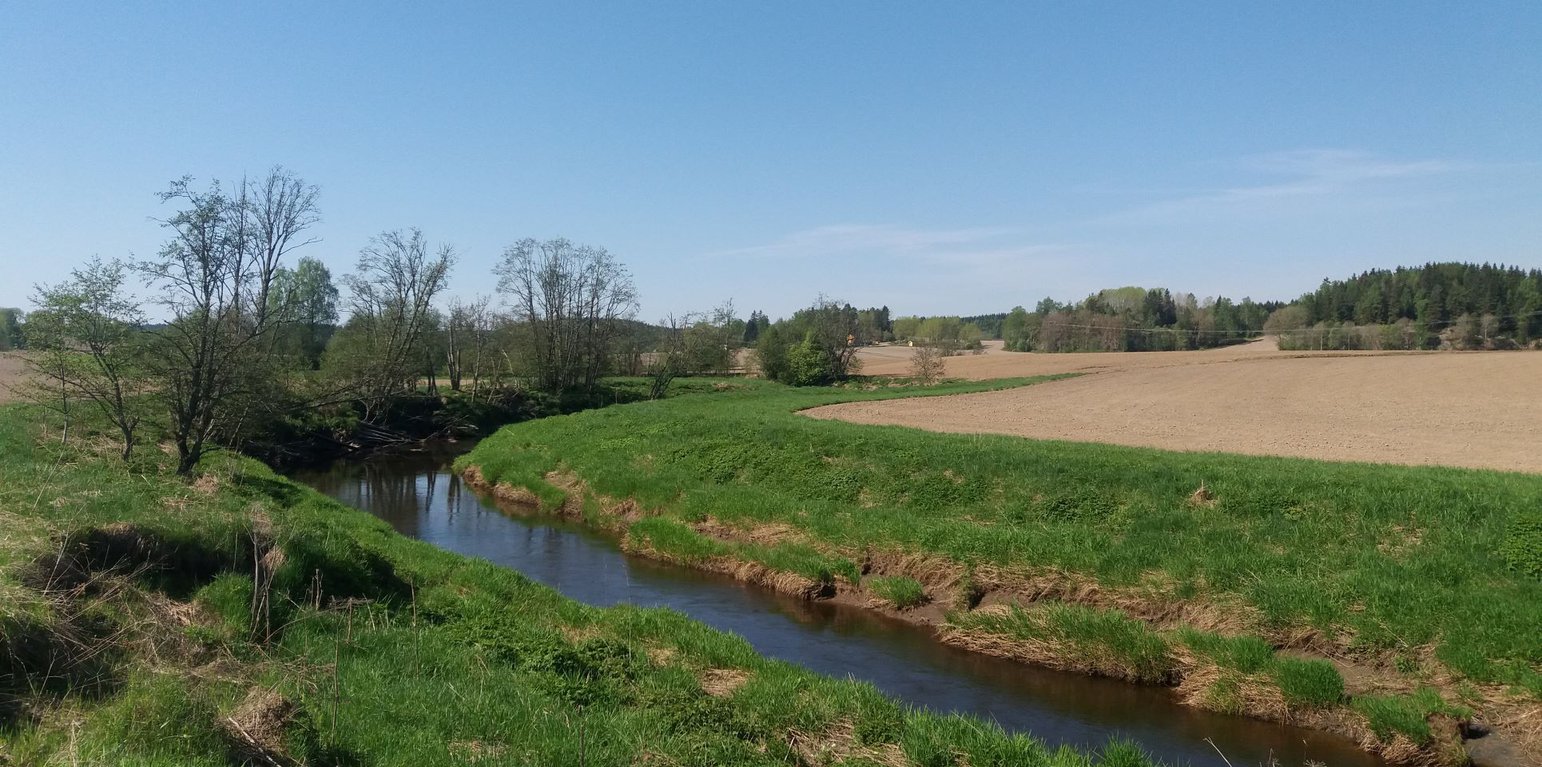



Commonly used names: buffer zones, buffer strips, riparian buffers
Purpose/aim: Vegetative buffers are areas of permanent vegetation located within and between agricultural fields and the watercourses to which they drain. The purpose of the vegetative buffer is to intercept, and reduce the rates of surface runoff and to reduce loads of sediment, nutrients and pesticide delivered to waterways. The processes involved are filtration, sedimentation, infiltration and absorption. Reducing the input of particles and nutrients into surface waterways is desirable both to improve water quality and to prevent eutrophication of downstream water bodies. In Norway, buffer zones are primarily established to reduce surface runoff of particles and phosphorus. However, vegetation in these zones can also serve other useful functions, such as protection against bank erosion, production of biomass, and/or provision of habitats for wildlife.
Establishment/maintenance activities:
Buffer zones are most commonly designed to retain inputs of nutrients and particles from adjacent fields. Vegetative buffers may be constructed or naturally vegetated, within or alongside fields, or adjacent to drainage ditches, streams, lakes, ponds, and wetlands. The buffer zones may consist of grass for fodder production, or be natural vegetation composed of herbs, weeds, bushes and trees.
In Norway, farmers receive subsidies when the area is still used for production, e.g. grass production for fodder. Farmers leave a strip in cropland for grass and herbs to grow alongside rivers, streams and lakes that intersect their cropland areas. It is recommended to sow grass when establishing grass buffer zones. Robust and dense grass types with a high uptake of nutrients are often the best suited for the purpose. The grass strips should generally not be ploughed, fertilized or treated by herbicides, but some exceptions may be made. The degree to which the grass is harvested varies with the grass type and if it is valuable for livestock fodder.
Buffer zones are one of the most common measures in Norway, and the requirements for the dimension of buffer zones have changed with time - and depend on the region. According to current regulations, buffer zones between the field and the watercourse have to be a minimum of 2 meters in order to qualify for production subsidies (PT-forskriften, § 4). In addition, there is a national recommendation (RMP) to maintain a minimum 6-metre wide buffer zone along all watercourses. However, regional guidelines (RMP) can differ from national ones and the width recommendation differ from county to county.
Benefits/impact: The effectiveness of buffer zones in retaining nutrients and soil particles has been explored by many authors. Retention capacity for phosphorus in buffer zones depends on several factors including vegetation, soil type, slope, hydrological conditions, and the width of the zone. There are large variations in the effectiveness of buffer zones: 32-91% retention of sediment, 26-100% retention of phosphorus and 0-100% retention of nitrogen. The retention effect of grass buffer zones along the Hobøl River, measured with rainfall simulation experiments under the BUFFERKLIMA project (Krzeminska et al., 2020), was: 86-94% for sediment, 86-86% for phosphorus and 78-89% for nitrogen.
Natural / human environment: The information about this Technology is based on investigations and/or reports from different part of Norway. For the purpose of the OPTAIN project, the technology is further presented in the natural and human environment context of the Kråkstad River catchment - a Norwegian Case Study catchment within the project.
The Kråkstad River is mainly situated in the Ski municipality in the South-Eastern part of Norway. The river catchment is a western tributary of the Vansjø-Hobøl watercourse, also known as the Morsa watercourse. The Kråkstad River catchment area is c. 51 km², 43% of which is agricultural land. Cereals are the major crop, produced on the heavy clays soils. The main environmental challenge in the area is water quality (incl. high phosphorus pollution) and soil erosion (incl. riverbank erosion and quick-clay landslides).The Morsa watercourse is a drinking water resource and there are specific environmental regulations for land management supported by subsidies through the Regional Environmental Programme (RMP).
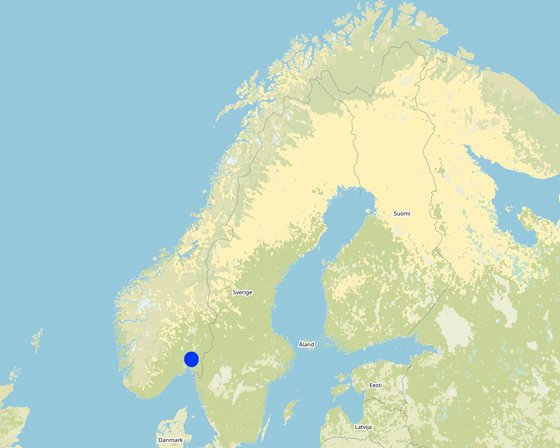
Location: The Vansjø - Hobøl catchment, Viken county, Norway
No. of Technology sites analysed: 2-10 sites
Spread of the Technology: evenly spread over an area (approx. 1-10 km2)
In a permanently protected area?: Nee
Date of implementation: 10-50 years ago
Type of introduction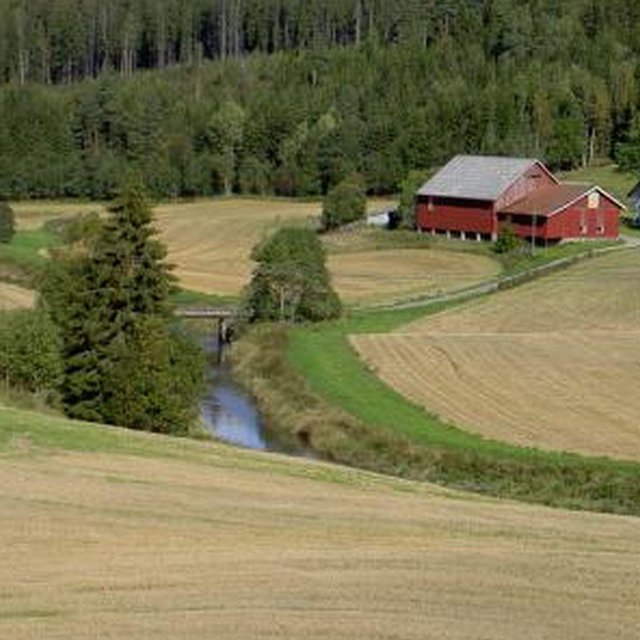
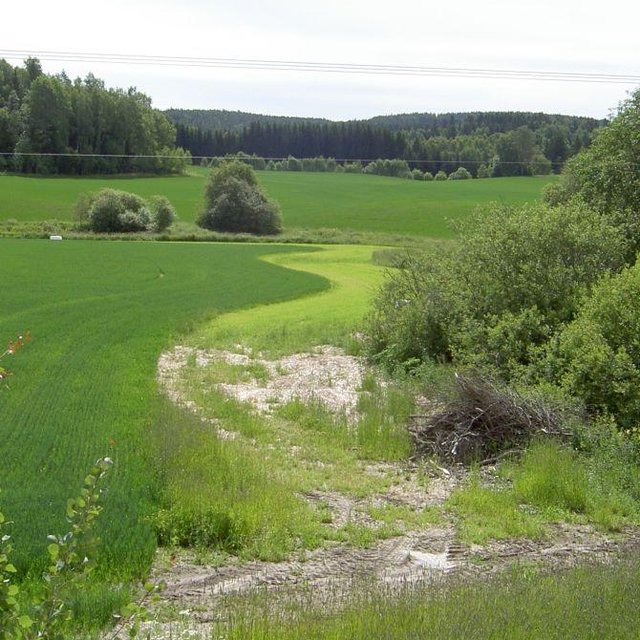





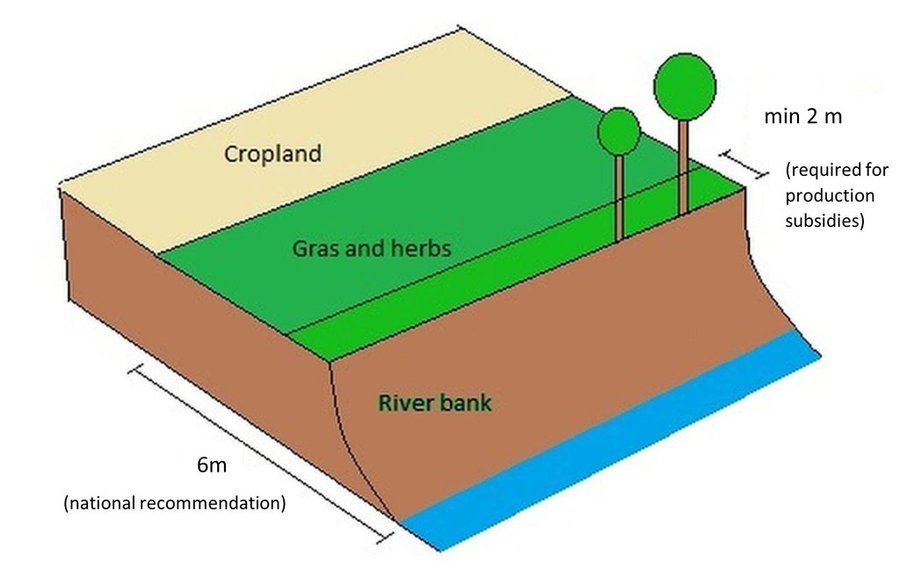
| Specify input | Unit | Quantity | Costs per Unit (Kroner (NOK)) | Total costs per input (Kroner (NOK)) | % of costs borne by land users |
| Labour | |||||
| Ploughing | zone/farmer/day | 1.0 | 321.0 | 321.0 | 7.0 |
| Harrowing | zone/farmer/day | 1.0 | 321.0 | 321.0 | 7.0 |
| Sowing grass | zone/farmer/day | 1.0 | 321.0 | 321.0 | 7.0 |
| Harvesting grass | zone/farmer/day | 1.0 | 321.0 | 321.0 | 7.0 |
| Total costs for establishment of the Technology | 1'284.0 | ||||
| Total costs for establishment of the Technology in USD | 144.43 | ||||
| Specify input | Unit | Quantity | Costs per Unit (Kroner (NOK)) | Total costs per input (Kroner (NOK)) | % of costs borne by land users |
| Labour | |||||
| Ploughing | zone/farmer/day | 1.0 | 53.0 | 53.0 | |
| Harrowing | zone/farmer/day | 1.0 | 321.0 | 321.0 | |
| Sowing grass | Day | 1.0 | 321.0 | 321.0 | |
| Harvesting grass | Day | 1.0 | 321.0 | 321.0 | |
| Total costs for maintenance of the Technology | 1'016.0 | ||||
| Total costs for maintenance of the Technology in USD | 114.29 | ||||
The grass (from buffer strips) is often unfit for fodder
Despite subsidies, many farmers view grass buffer zones as a financial loss since the grass is often unfit for fodder.
Because of the drinking water quality
less sediment and nutrient input to surface water